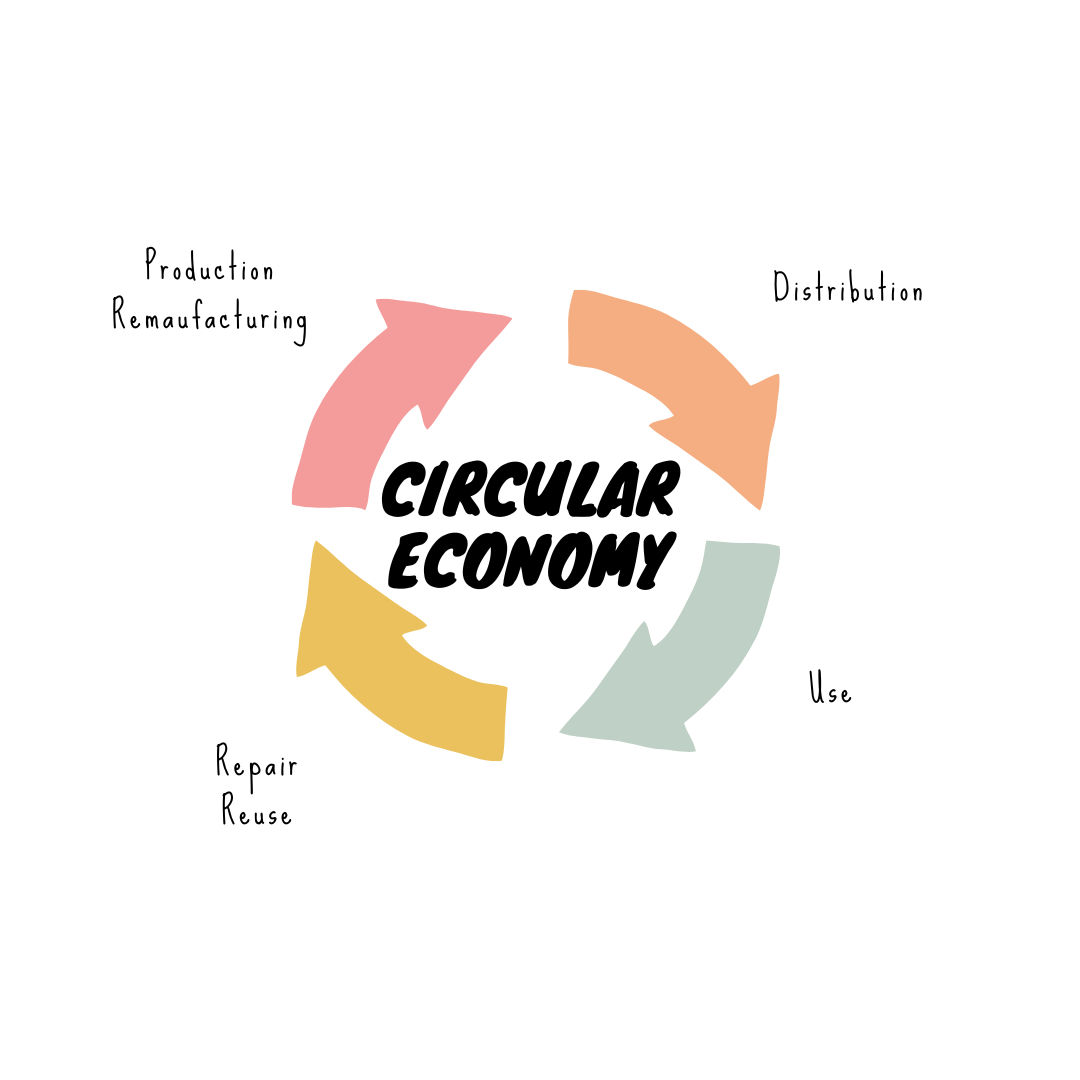Post Consumer Waste Management
What is Post Consumer waste?
Post-consumer waste is the type of waste produced by the end consumer of a product, i.e. where the waste product did not involve the production of another product.

In simple terms, Post consumer waste is the waste that the individuals routinely discard either in a waste receptacle or a dump. Post-consumer bottles are one of the most common waste. It can be recycled into useful products. The collection process is the first and one of the most important parts of the recycling process.
Depending on the customers and the action taken by them, the way they dispose of the plastic waste in Recycle bins, send it to landfills or incinerate it. The impact of landfills and incineration is significant on the environment. Waste releases gases and toxins from improper decomposition without oxygen and burning at low temperatures. Post-consumer waste must be recycled or reused to prevent tonnes of waste from polluting our environment.
Circular Economy:
A Circular Economy is a type of Economy that mostly focuses on Reducing, Reusing, and Recycling. The Circular Economy is also known as the “Closed-Loop Economy”, which means that it closes the loop by using the least number of raw materials and also by reusing and recycling the existing products and materials as many times as possible.
This Circular Economy helps in creating a better Eco-friendly and Environment Sustainable Economy for any country. When the materials reach their End-of-life period they are recycled and can be reused for a longer period.
Even though commercial organizations face many challenges in re-establishing their supply chains for the Circular Economy, it is still a challenging task for them to implement the entire chain.

The key task for brand owners, producers, importers, and manufacturers is to deal with post-consumer plastic waste because it is difficult to replace the usage of raw materials with recycled products. They delegate this duty to the recycling companies because it is a challenging process for them to gather this material. The Shakti Plastic Industries deals with all forms of plastic waste and guarantees to deliver a product that is completely recycled, sustainable, and supportive of the circular economy.
Recycling Post Consumer Waste
To prevent tons of post-consumer waste from being deposited in landfill that pollutes our land and oceans, it must be recycled or reused. Single-use materials are damaging to our environment as they consume large amounts of energy with a negative impact on our environment.
This is worsened when new plastic is constantly generated to meet consumer demand. This means producers and Industries are producing more materials and elements that can easily be prevented by recovering.
Even though plastic takes hundreds of years to decompose, some alternatives are also as hazardous to our environment. For example, replacing plastic straws with paper straws is a short-term solution. However, these products are still single-use and require energy to produce and dispose of.

How is PCW Calculated?
Use materials with recycled content such that the sum of post-consumer recycled content plus one-half of the pre-consumer content constitutes at least:
- 10% (1 point)
- 20% (2 points)
of the total value of the materials in the project. The recycled content of the material shall be determined by weight. The recycled function of the assembly is then multiplied by the cost of assembly to determine the recycled content value. Mechanical, electrical, and plumbing components and specialty items such as elevators and equipment shall not be included in this calculation. Only include materials permanently installed in the project. Furniture may be included, providing it is included consistently in MR Credits 3–7.
